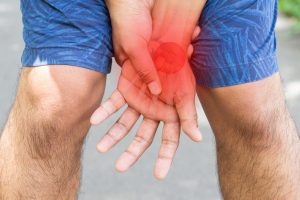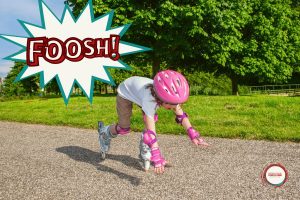Without doub t the hard courts of the Australian Open in Melbourne’s January heat and at the US Open in New York’s late summer humidity can present extremely grueling tests of the athlete’s body both physically and mentally. Meanwhile, the grass courts of Wimbledon provide a slick court surface (even on the covered Centre Court when the grass is new), compounded by damp weather and a frequently cited lack of physical preparation on this tricky court surface.
t the hard courts of the Australian Open in Melbourne’s January heat and at the US Open in New York’s late summer humidity can present extremely grueling tests of the athlete’s body both physically and mentally. Meanwhile, the grass courts of Wimbledon provide a slick court surface (even on the covered Centre Court when the grass is new), compounded by damp weather and a frequently cited lack of physical preparation on this tricky court surface.
From my experience as a former player, coach with professional players and now physiotherapist working with young tennis players, I would say that clay court tennis over five sets over two weeks at the French Open presents potentially the most complete challenge to all round physical and mental stamina of these four Grand Slam events.
The slower pace of the ball after the bounce and need to generate greater racket head speed, the distances covered to retrieve shots generated by an opponent with more time to prepare, the length of matches (on average 30-40% longer than the hard courts and 60%-70% longer than on grass) and the variety of heights that the ball needs to be ‘hit’ at, demand the most varied and repeated physical responses from the body.
To match the court surface of fine clay sitting on a relatively hard underlay (one that requires you as the player to either slide into or slide after shots to decelerate), both your ‘flexibility’ and ‘balance’ in a wide variety of positions become even more critical. Hip muscle strength and control throughout your ‘stretchable’ ranges of movement and your ankle strength/stability as you slide, stop and then push off are paramount to becoming a better and less injury-prone performer on this court surface. Trunk strength is needed to control both the greater acceleration of the upper limbs to hit the ball with more spin and the deceleration after certain shots on the follow through.
In terms of injury prevention and preparation for clay courts, I would recommend improving your flexibility with more stretching, and maximising your physical stamina through interval training (incorporating a wide variety of movements in all directions). Quadriceps and hamstring exercises with TRx straps, Theraballs and Bosie balls with free weights, ankle muscle programmes incorporating Therabands and calf raise exercises provide that much needed stability on this surface. Trunk rotation exercises on Theraballs, with bands or cables and with medicine balls of various weights are a must for your attacking shots and for retrieving opponent’s best shots. Upper limb strength provides the necessary control of a faster moving racket at contact with the ball, making you a tougher player from the baseline.
Clay court tennis is a ‘full body’ challenge that pushes a player to greater ranges of movement and distances around the court. Watch the French Open this fortnight and before they sweep the courts at the end of each set, look out for the feet marks on the court and see what an exciting challenge this surface presents ….. you need to try it!
Hope you enjoyed the blog and catch my Wimbledon grass court update in a month!





Comments